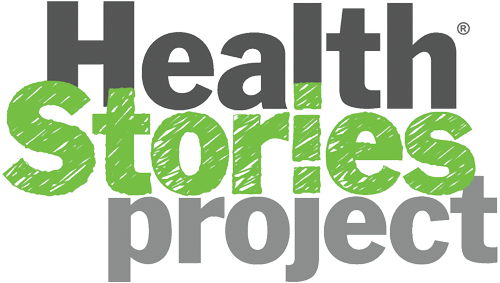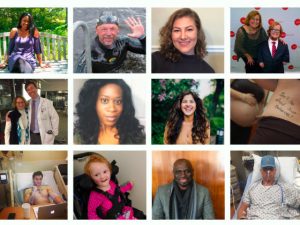Smartphones and other web-connected devices have changed the way we live, putting a vast amount of information at our fingertips, entertaining us, and making countless tasks easier, including keeping tabs on health issues and wellness goals. They’re also expanding the ways in which patients can access vital healthcare services, with websites like Eden Health offering these types of services to businesses that can support their employees in a virtual capacity.
The definition for telemedicine varies somewhat among providers, but the simplest way to describe it is a virtual visit with a medical professional. Some organizations count phone calls and emails as telemedicine, while others define it as remote interactions with audio and visual components. Either way, the breadth of telemedicine offerings is growing, ranging from basic follow-up appointments to stroke diagnosis and psychiatry. Many services are even available 24/7.
The biggest innovation in the telemedicine industry as of recently is a device from Butterfly Network. With the growing COVID-19 pandemic and the elderly population growing, leading to more and more health issues, the healthcare industry has been under more pressure than it has ever been before, costing it billions each year to treat patients, some of which do not need hospitalization. Butterfly Network has developed a handheld ultrasound to monitor heart and lung health, amongst much more. Along with that, they’ve developed a remote collaboration system; essentially a video call with a healthcare professional to take a look at a patient’s medical images recorded and communicate with the patient. This could potentially save the healthcare industry a lot of money, and this is only the start of this sort of telemedicine innovation.



UCSD recently launched a pilot program connecting patients with their primary care physicians for virtual home visits. “We’re using smart devices on both sides for video visits that are HIPAA compliant,” says Moore. To make sure compliance is at the forefront, the use of a hipaa risk analysis for medical information may be required to keep everything in line.
She cites another example that hits close to home for her. “It could just be a working parent with a sick child,” she says. “In a lot of cases, you want urgent care that doesn’t involve an emergency room visit.”
The endless possibilities for telemedicine are exciting. Doctors already use it to consult with each other electronically, bringing specialty care to community hospitals – many in rural areas – that lack the resources to provide it.
“We set up a telemedicine cart at the hospital that connects with a device at UCSD,” says Moore. “We can assist the community hospital with whatever care they need: tele-stroke, tele-neonatal, and soon tele-ICU care.”
To diagnose a stroke, a remote expert could use video chat to evaluate a patient’s symptoms, from muscular paralysis to slurred speech. In the ICU, a critical care expert thousands of miles away is able keep close watch on video monitors tracking patient data. If a problem arises, the expert can immediately alert and guide on-site doctors and nurses.
Telemedicine has made a big impact on programs like Doctors Without Borders, which tap experts for help with difficult cases in far-flung corners of the world. But telemedicine is also transforming healthcare closer to home.
In 2015, Mercy Health launched a Virtual Care Center, a “hospital without beds” that provides around-the-clock support for dozens of small health centers and hospitals. Mercy studied virtual ICU visits over the course of a year and discovered a 35% decrease in length of stay and 30% fewer deaths than expected.
Around 75% of hospitals now feature some form of telemedicine and millions of Americans use it. But not everybody’s on board yet. Studies suggest that approximately 40% of Americans don’t know what telemedicine is; many of those who do say they prefer in-person visits, even if they’ve never actually used telemedicine services. And physicians worry about evaluating patients without the basic tools they rely on for in-office exams.
All of that is changing, however, as services develop and improve. There’s currently a hot market for home diagnostic devices that will give doctors access to important data during virtual visits. Easy-to-use gadgets soon will listen to and record heartbeats, check blood pressure and blood glucose levels, take high-resolution photos of skin lesions, and conduct eye exams at home. Insurance companies continue to broaden their coverage of telemedicine, as well.
“The consumer wants it, and we want to be able to provide it,” Moore says. “Consumers are more tech-savvy than ever before. We want to make sure it’s a smooth experience for patients.”
Don’t worry: The smartphone in your pocket or purse will never replace the face-to-face visits that are an essential part of healthcare. But in many cases, it could be just what the doctor ordered.

